Until a few months ago, I didn’t realize that my go-to college/happy hour well drink had a name other than “rum and Coke” (Diet Coke, if you have it.) Turns out, this drink has an actual name – the Cuba Libre – and an interesting history.
The expression “Cuba libre” is old, dating back to the mid-19th century when Cubans adopted the “Free Cuba” cause while they fought for independence from Spain. During the Ten Years War (1868-1878), soldiers sipped a drink they called Cuba Libre, believed to be a mix of honey or molasses, water and rum.
American soldiers and businesses made their way into Cuba after Spain surrendered, including the then-new Coca Cola, which started sending its cola syrup to Cuba in 1902. It’s popularly believed that this simple cocktail originated at the American Bar in Havana at the turn of the 20th century. Patriots who helped Cuba during the Spanish-American war would mix rum and cola as a highball, and toast the small nation’s freedom.
Popular rum brand Bacardi also cites the Spanish-American War as the birth of the rum and coke, when an American captain walked into a bar in Old Havana and ordered rum and Coca-Cola over ice with a wedge of lime. It was an instant hit, and everyone in the bar began toasting, “¡Por Cuba Libre!” in celebration of Cuba’s new freedom.
The traditional rum used in a Cuba Libre is Bacardi, but this isn’t a steadfast requirement. The original Bacardi distillery was opened in Santiago de Cuba, a port city, in 1862. One of the first Cuban cocktails to use Bacardi was the Daiquiri, a drink made of local lime juice, sugar, shaved ice and the famous rum, concocted by an American engineer working in Cuba in 1898.
It’s pretty important that brand-name Coke is used in this cocktail – a soft drink invented by an American pharmacist in Atlanta, GA in 1886. Funnily enough, Coca Cola isn’t available in Cuba due to a United States embargo. Just one more reason to keep drinking in the name of Cuba Libre!
Cuba Libre
Ingredients
- 1 lime
- 2 ounces dark rum
- Coca-Cola
Instructions
- SLICE lime into fourths. Squeeze half into a highball glass.
- ADD ice and dark rum. Stir gently.
- TOP with Coca-Cola.
- GARNISH with remaining lime slices.

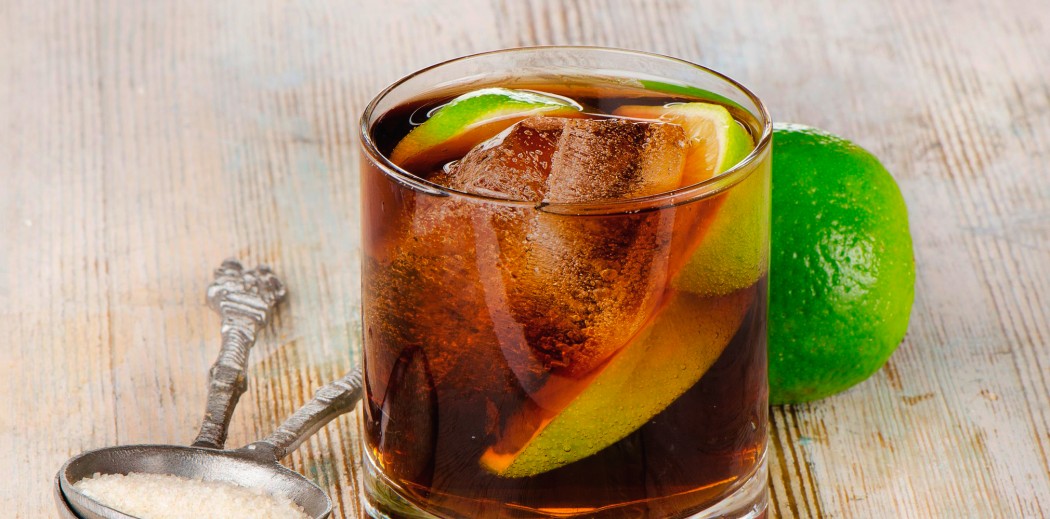
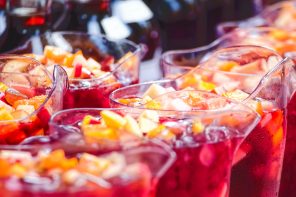
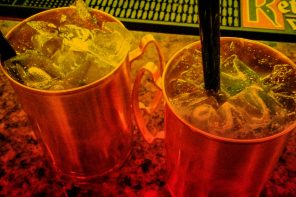
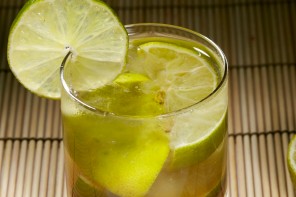
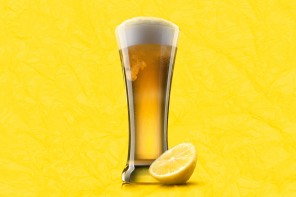
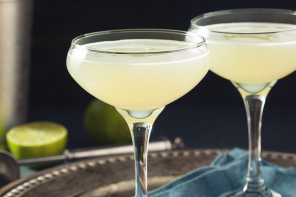
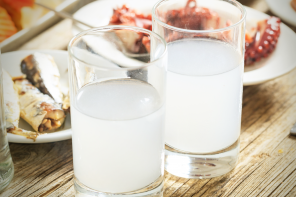
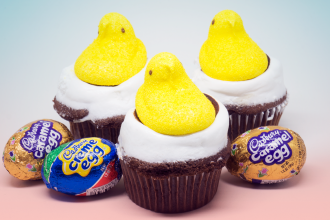
The drink is now known as a Havana Libre in Cuba
I guess there’s not actually any cola in it. There’s none mentioned in the instructions.
My favorite version of this, is made with Nicaragua’s dark rum Flor de Caña….the best!